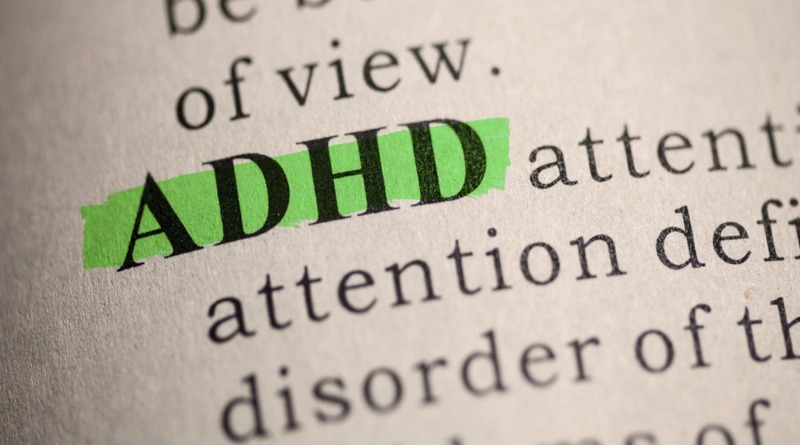Attention-Deficit/Hyperactivity Disorder (ADHD) is a common neurodevelopmental condition that affects millions of children and adults worldwide. Characterized by symptoms of inattention, hyperactivity, and impulsivity, ADHD can significantly impact daily functioning and quality of life. While behavioral therapies and lifestyle changes can be beneficial, medications are often a crucial component of treatment for managing ADHD symptoms. Here’s an overview of what you need to know about ADHD medications, including types, effectiveness, and considerations.
Types of ADHD Medications
ADHD medications are generally categorized into two main types: stimulants and non-stimulants. Both types work differently and have distinct benefits and potential side effects.
1. Stimulants
Stimulants are the most commonly prescribed medications for ADHD. They work by increasing the levels of certain neurotransmitters, particularly dopamine and norepinephrine, in the brain. This can help improve attention, focus, and impulse control. There are two main categories of stimulant medications:
Methylphenidates:
This category includes medications like Ritalin, Concerta, and Metadate. Methylphenidates are often the first line of treatment and are available in various formulations, including immediate-release, extended-release, and sustained-release versions.
Amphetamines:
This category includes medications like Adderall, Vyvanse, and Dexedrine. Amphetamines also come in immediate-release and extended-release forms and are known for their efficacy in managing ADHD symptoms.
2. Non-Stimulants
Non-stimulant medications are an alternative for those who do not respond well to stimulants or experience significant side effects. They work differently from stimulants and can be useful for specific cases. Key non-stimulants include:
Atomoxetine (Strattera):
This medication is a selective norepinephrine reuptake inhibitor. It increases norepinephrine levels in the brain and is often prescribed when stimulants are not suitable.
Guanfacine (Intuniv) and Clonidine (Kapvay):
These medications are alpha-2 adrenergic agonists. They can help manage symptoms by affecting certain receptors in the brain and are typically used in conjunction with stimulant medications or as an alternative when stimulants are not appropriate.
Effectiveness of ADHD Medications
The effectiveness of ADHD medications can vary based on individual differences, including age, the severity of symptoms, and the presence of coexisting conditions. In general, stimulants have a high success rate in reducing ADHD symptoms and improving overall functioning. Studies have shown that about 70-80% of individuals with ADHD experience significant improvement with stimulant medications.
Non-stimulants can also be effective, though they might take longer to show results compared to stimulants. Atomoxetine, for example, may take several weeks to reach its full effect. Non-stimulants are often used when stimulants are contraindicated or have led to unwanted side effects.
Side Effects and Considerations
Like all medications, those used to treat ADHD can have side effects. Understanding these can help in managing expectations and monitoring responses to medication.
Stimulants can cause side effects such as:
Insomnia
Decreased appetite
Weight loss
Increased heart rate
Irritability or mood swings
In rare cases, stimulants can lead to more serious issues like cardiovascular problems or psychiatric symptoms. Regular monitoring by a healthcare provider is essential to address any concerns promptly.
It’s crucial to work closely with a healthcare provider to find the most effective medication and dosage while minimizing side effects. Regular follow-ups can help adjust treatment as needed and ensure that the medication is having the desired effect.
Practical Tips for Medication Management
Consistency is Key:
Taking ADHD medication consistently and as prescribed is important for effectiveness. It’s helpful to set reminders or use a medication tracker.
Monitor Effects:
Keep track of how the medication affects behavior, mood, and any potential side effects. This information can be valuable during follow-up appointments.
Communicate with Your Provider:
Regular communication with your healthcare provider can help address any issues or concerns and adjust the treatment plan as needed.
Lifestyle Integration:
Combining medication with behavioral therapies, organizational strategies, and lifestyle adjustments can enhance overall treatment outcomes.
Conclusion
ADHD medications play a crucial role in managing symptoms and improving the quality of life for individuals with ADHD. Understanding the types of medications available, their effectiveness, and potential side effects can empower patients and their families to make informed decisions about treatment. With proper management and support, ADHD medications can help individuals achieve better focus, organization, and overall functioning, contributing to a more balanced and fulfilling life.





Comments